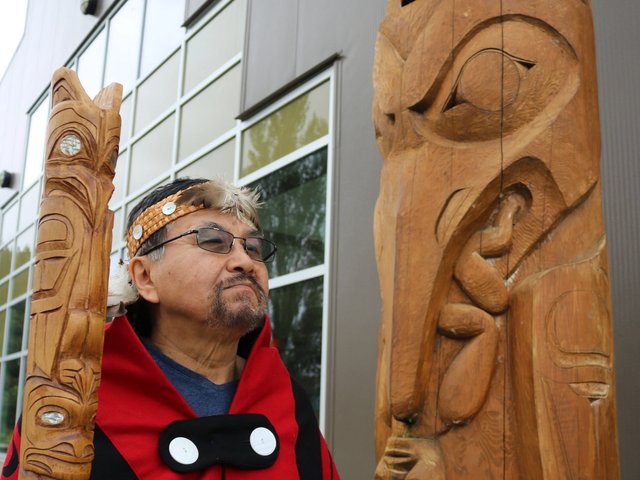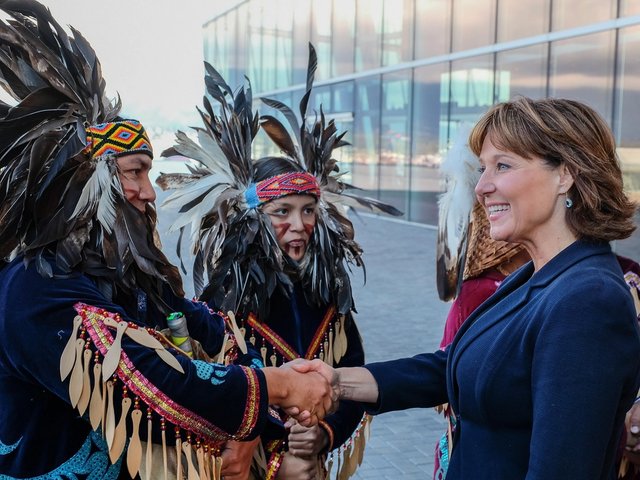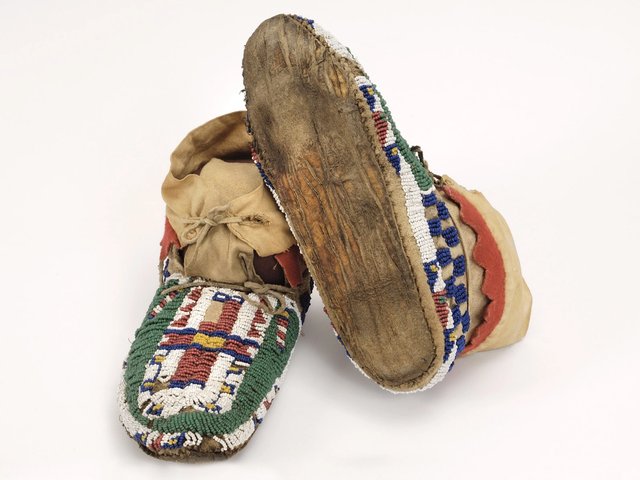The National Museum of Scotland has announced that it has approved the repatriation of a looted totem pole to the Nisga’a Nation of British Columbia, Canada.
The Ni’isjoohl Memorial Pole is the second totem pole ever returned to First Nations leaders from a European institution, a landmark gesture that aims to “promote understanding and dialogue with respect to those parts of the museum’s collection associated with our nation’s colonial history”, Chris Breward, the director of the museum, said in a statement.
The pole was removed by the Canadian ethnographer Marius Barbeau, an anthropologist who was affiliated with the National Museum of Canada and conducted fieldwork beginning in the 1910s. He removed the 11-metre red cedar pole, which was hand-carved in the 1860s and depicts the story of a Nisga’a warrior, and later sold it to the Scottish museum.
“After nearly 100 years, we are finally able to bring our dear relative home to rest on Nisga’a lands,” says chief Earl Stephens of the Nisga’a Nation, who led the committee that met with museum officials earlier this year to discuss the return of the totem pole. “It means so much [because] we can connect our family, nation and our future generations with our living history.”
The repatriation of the object is in line with rules outlined in the 2007 United Nations Declaration on the Rights of Indigenous People, which established a framework of minimum standards for the survival and well-being of Indigenous people worldwide and is signed by the United Kingdom. It also relates to the Nisga'a Treaty—a treaty that came into effect in 2000 and includes several provisions for repatriation.
The first repatriation of a totem pole from a European museum came in 2006, when the Haisla G’psgolox pole was repatriated from Sweden’s Museum of Ethnography nearly eight decades after it was stolen.





